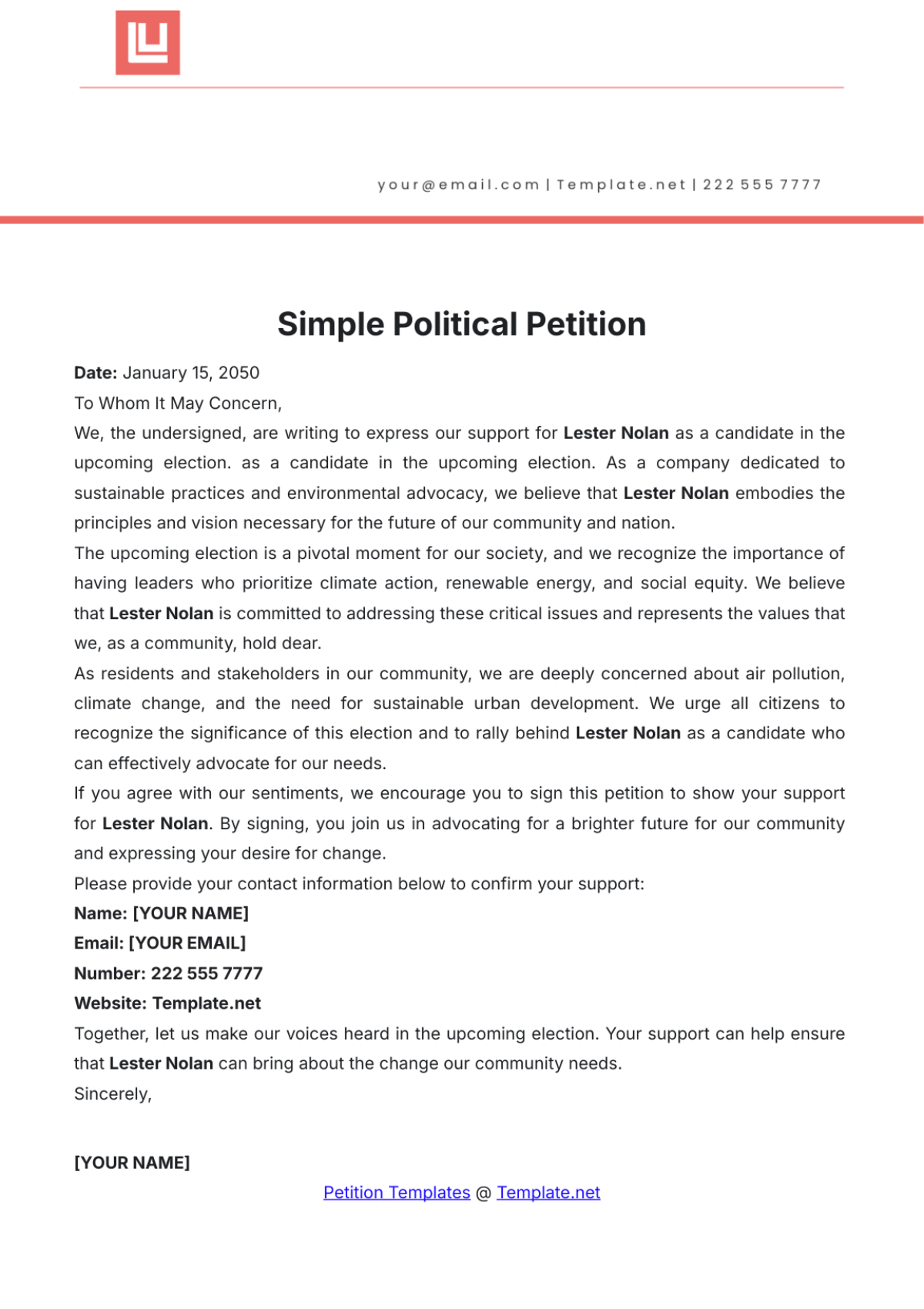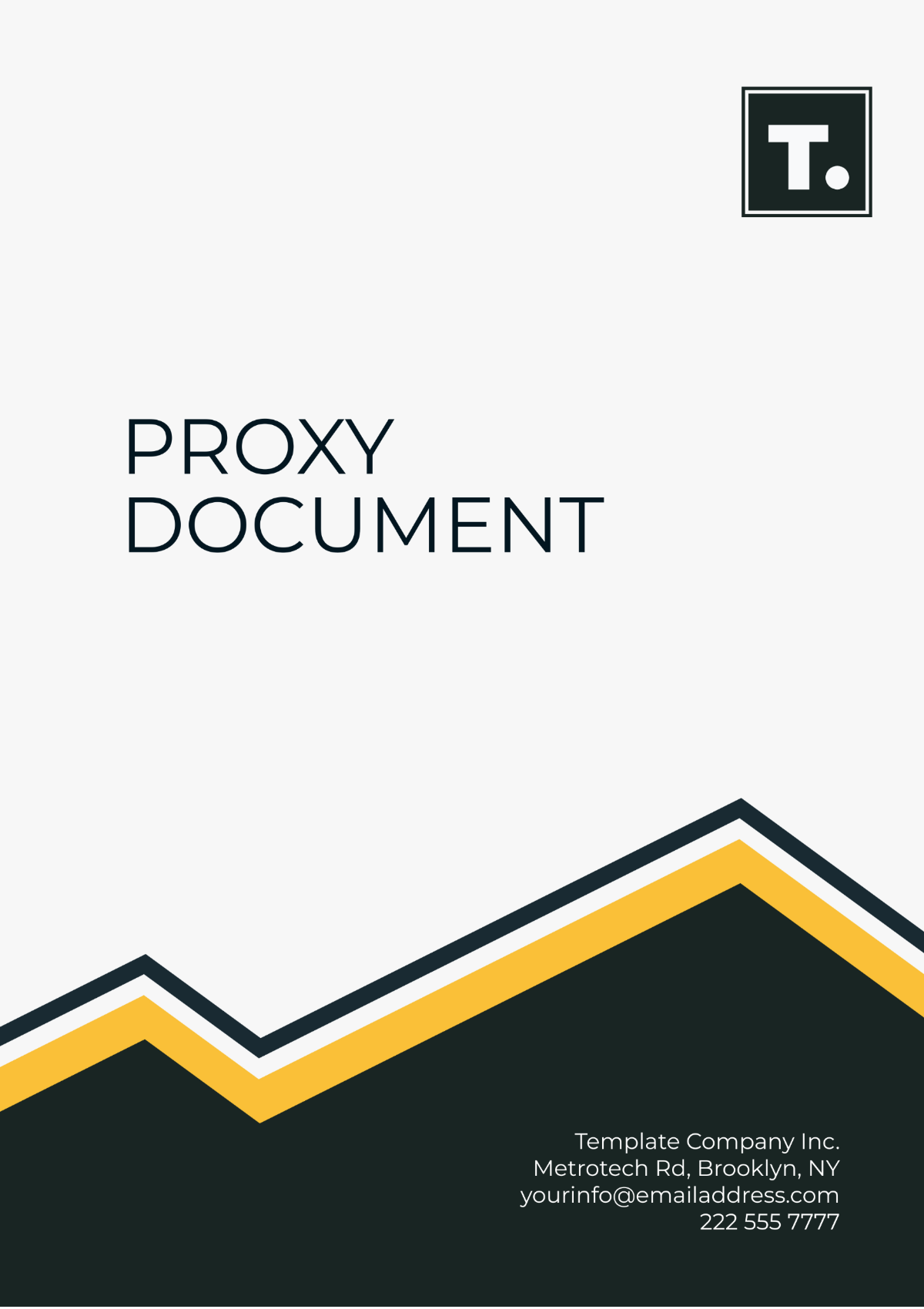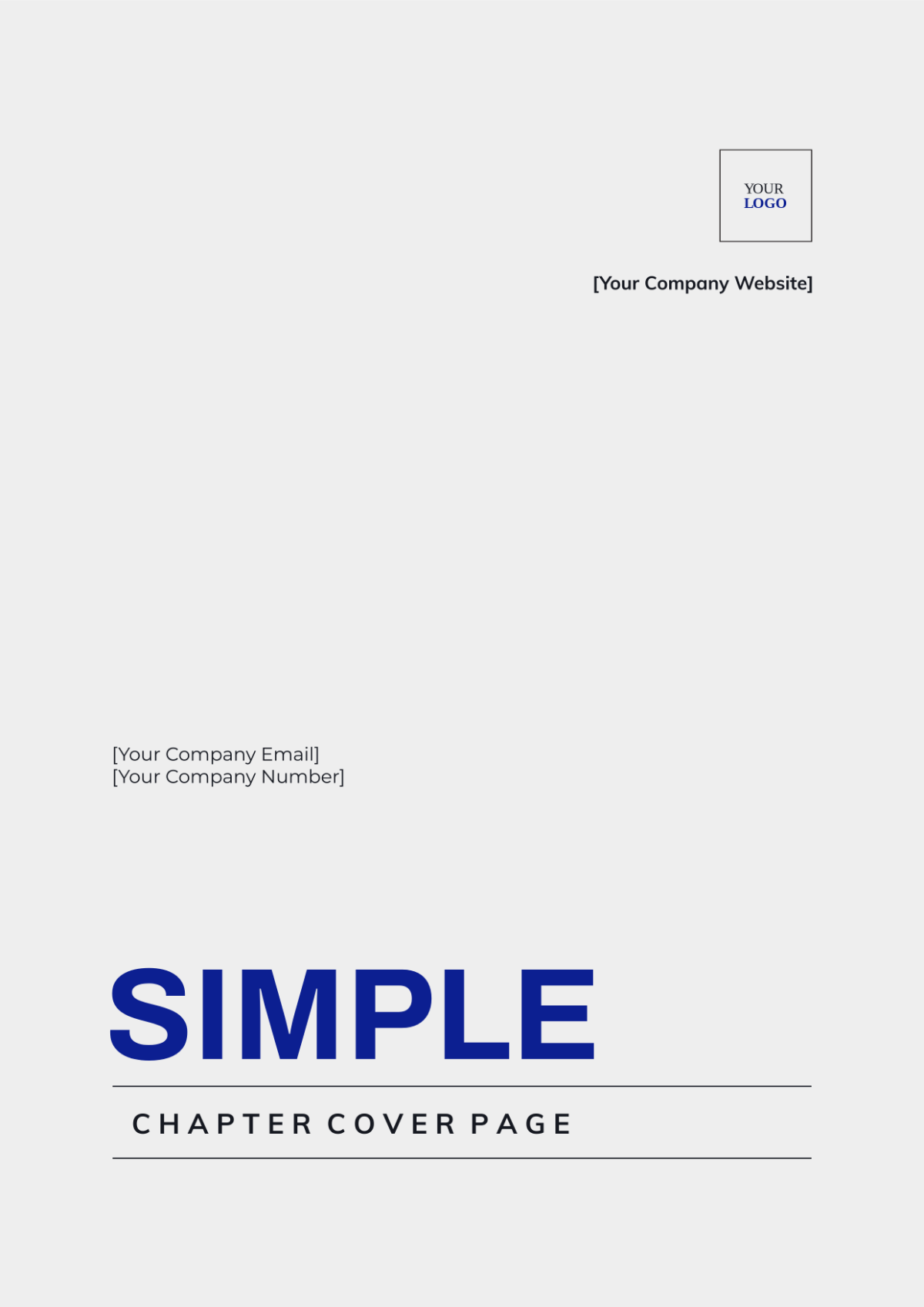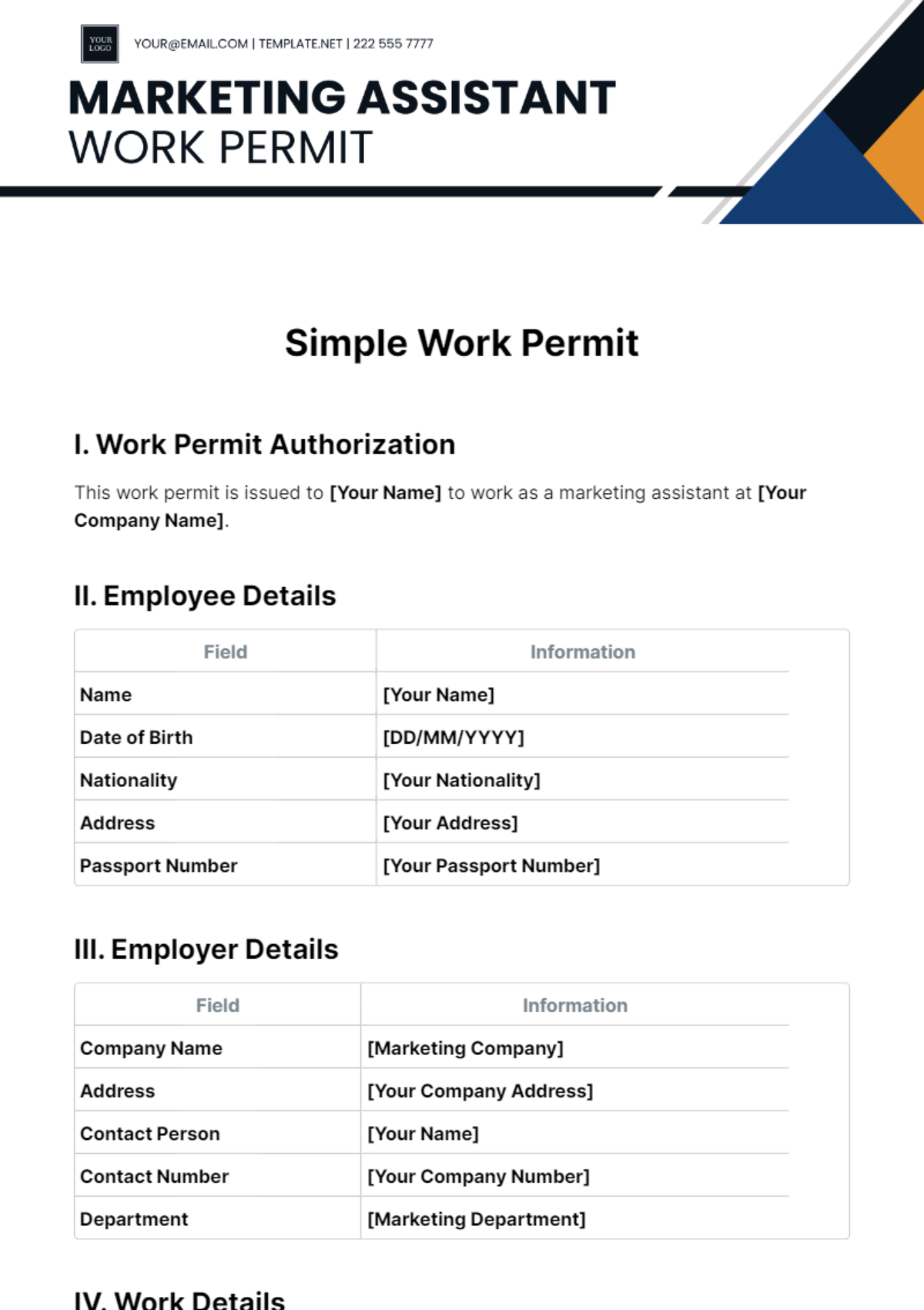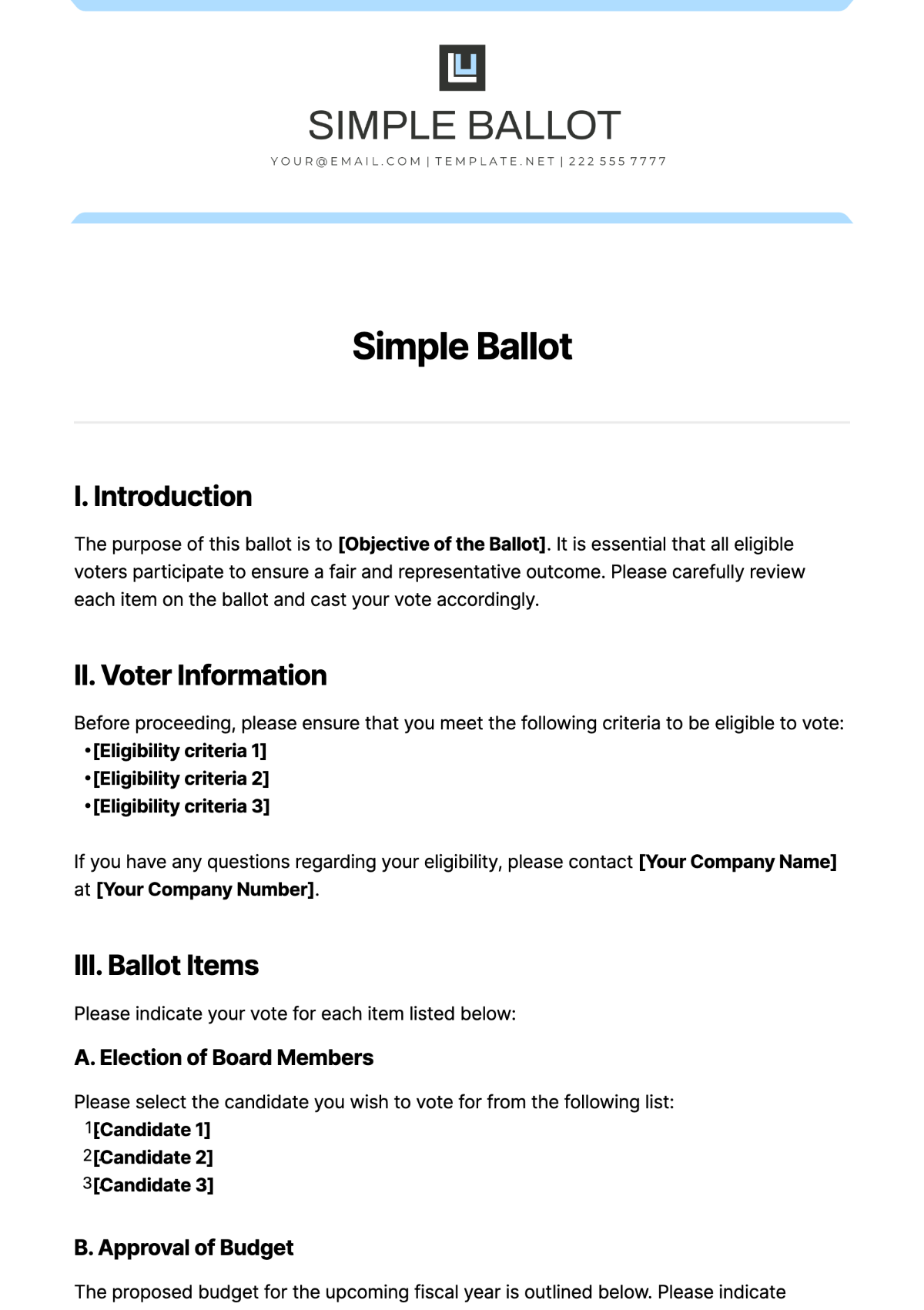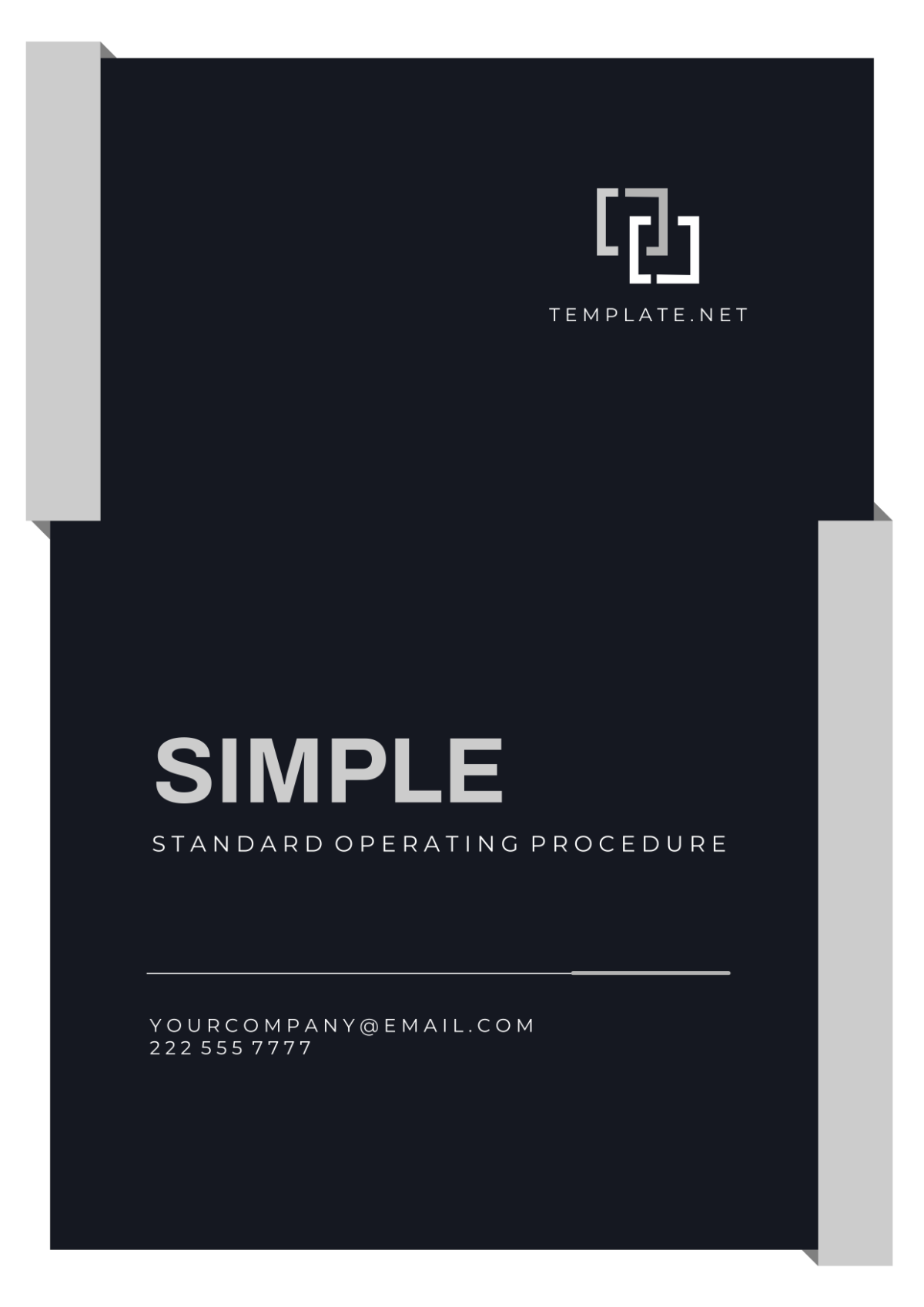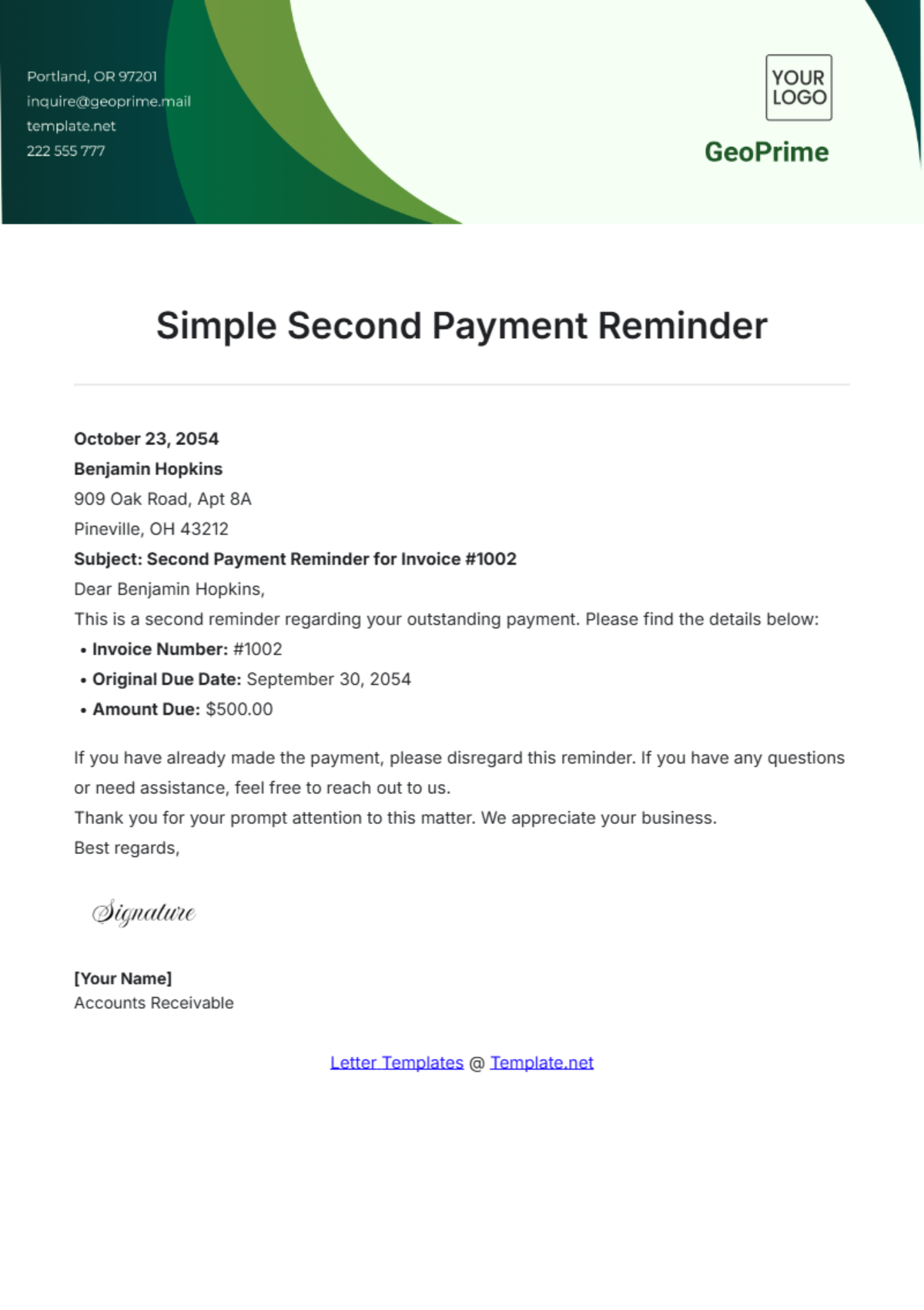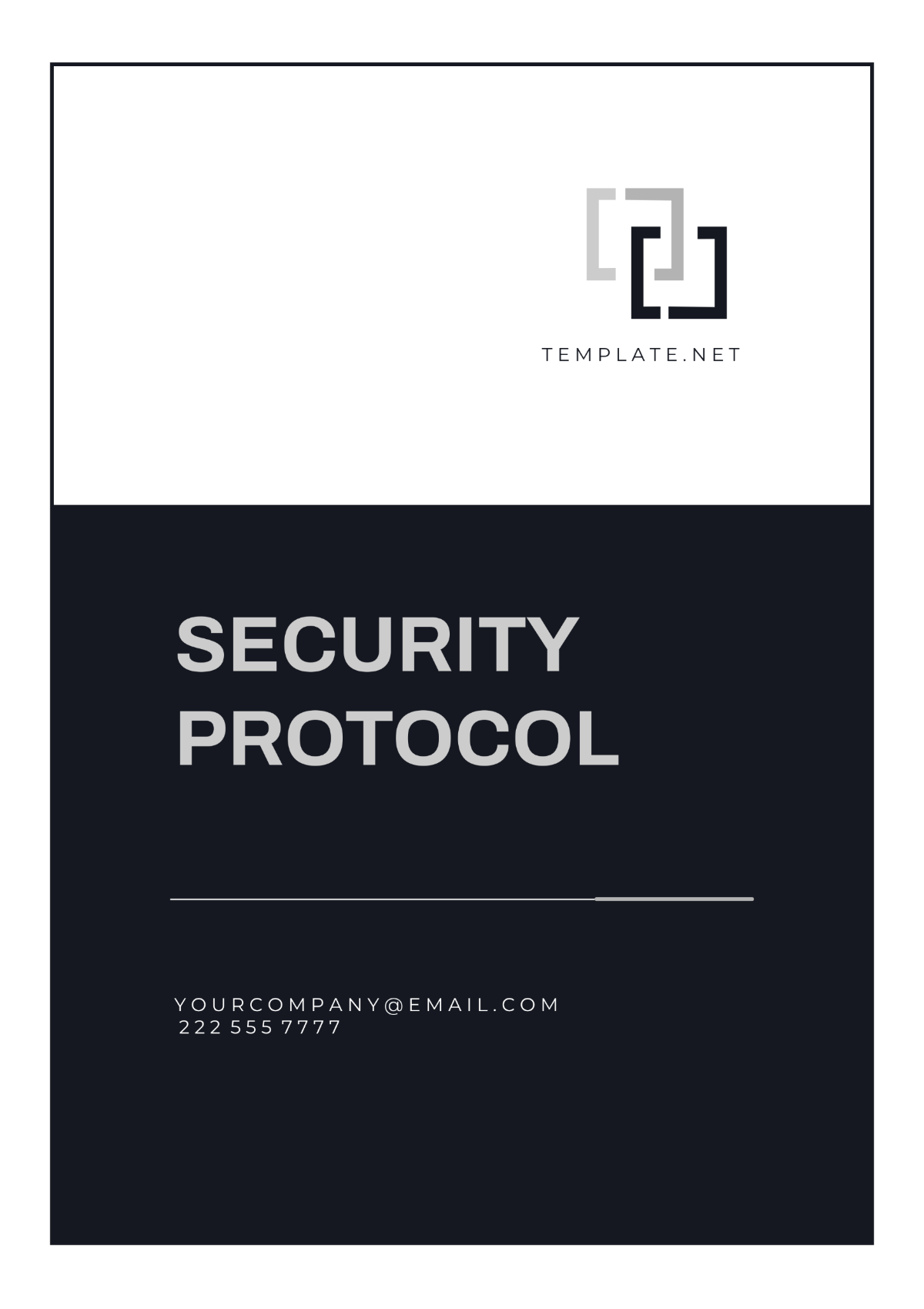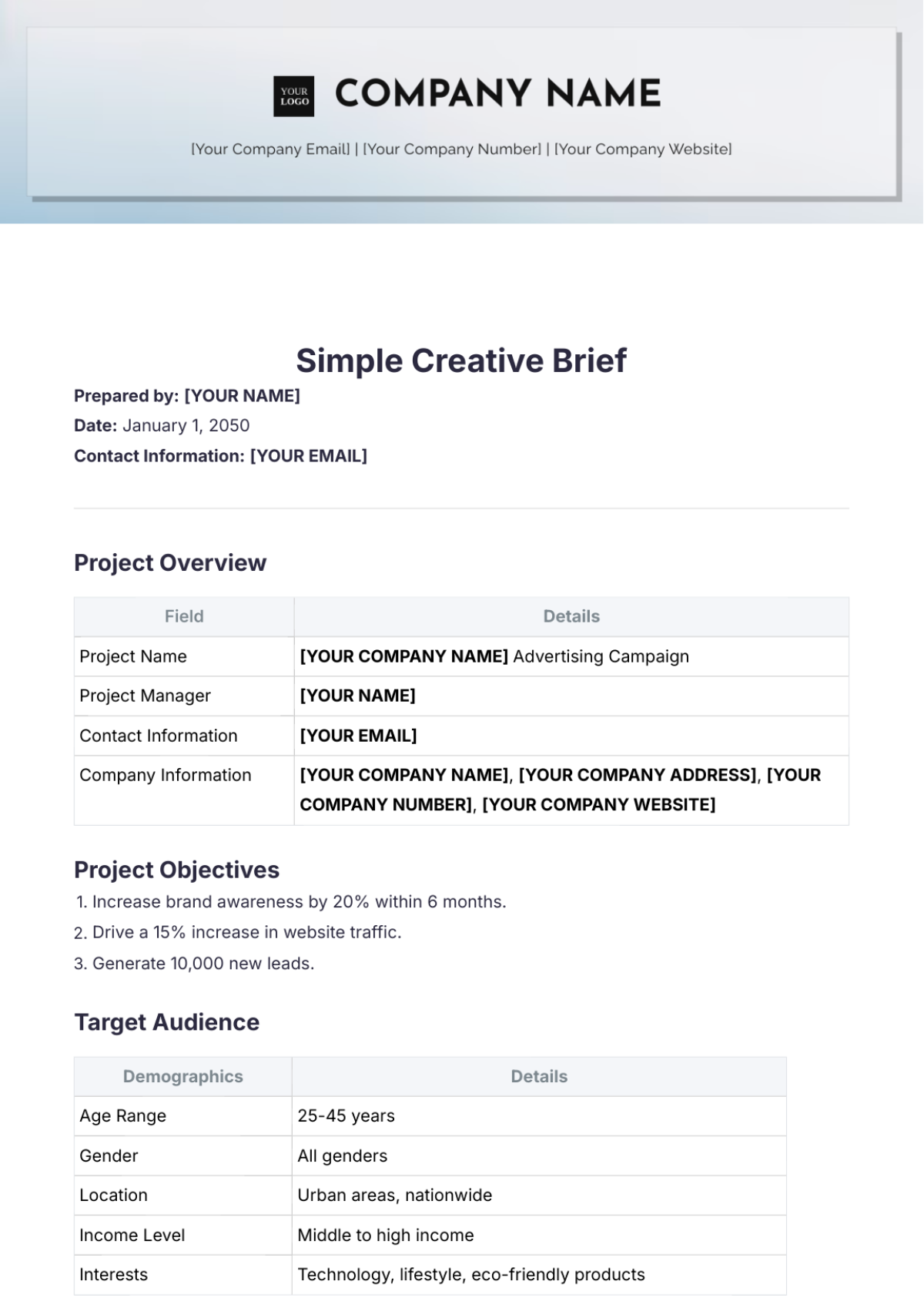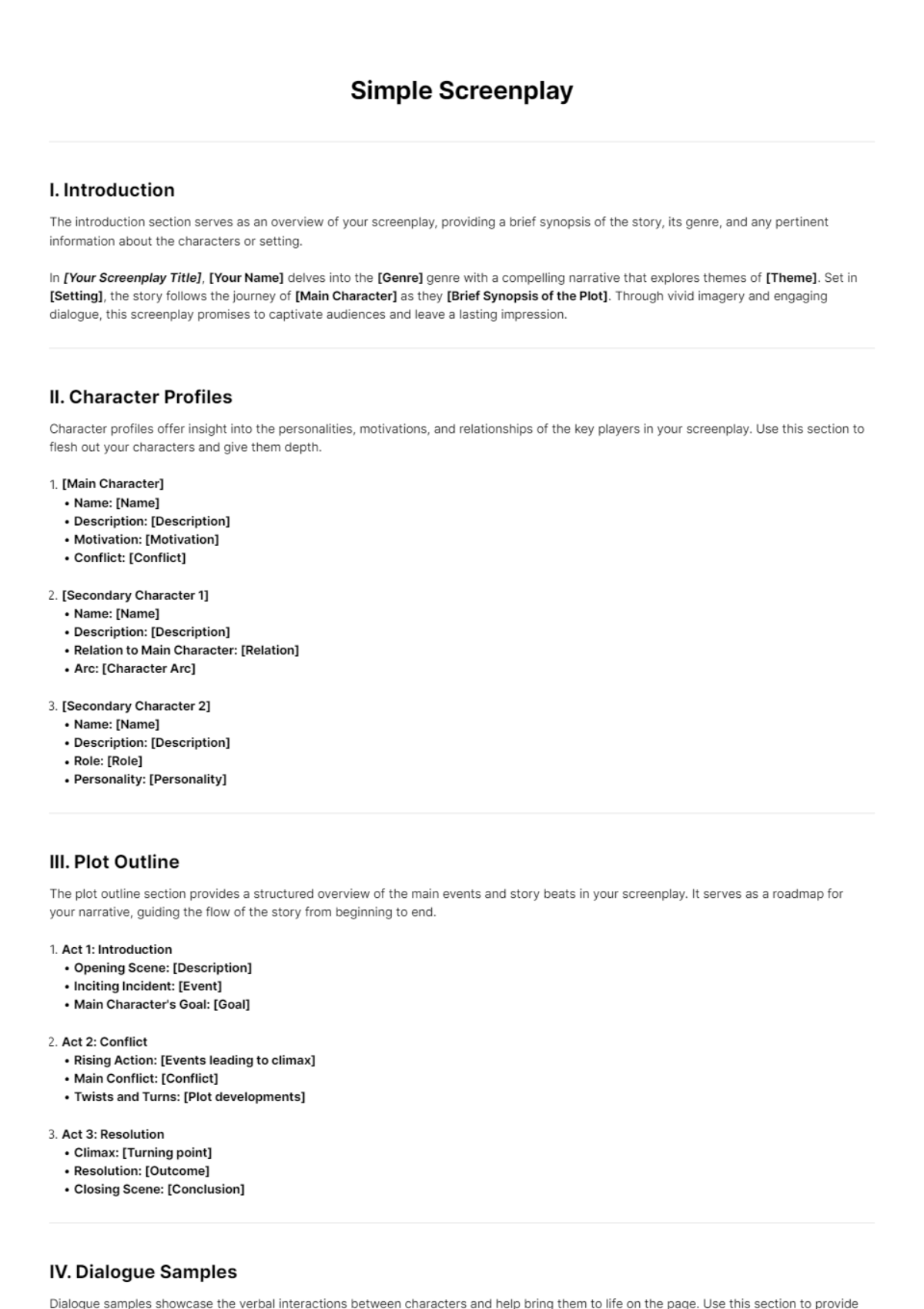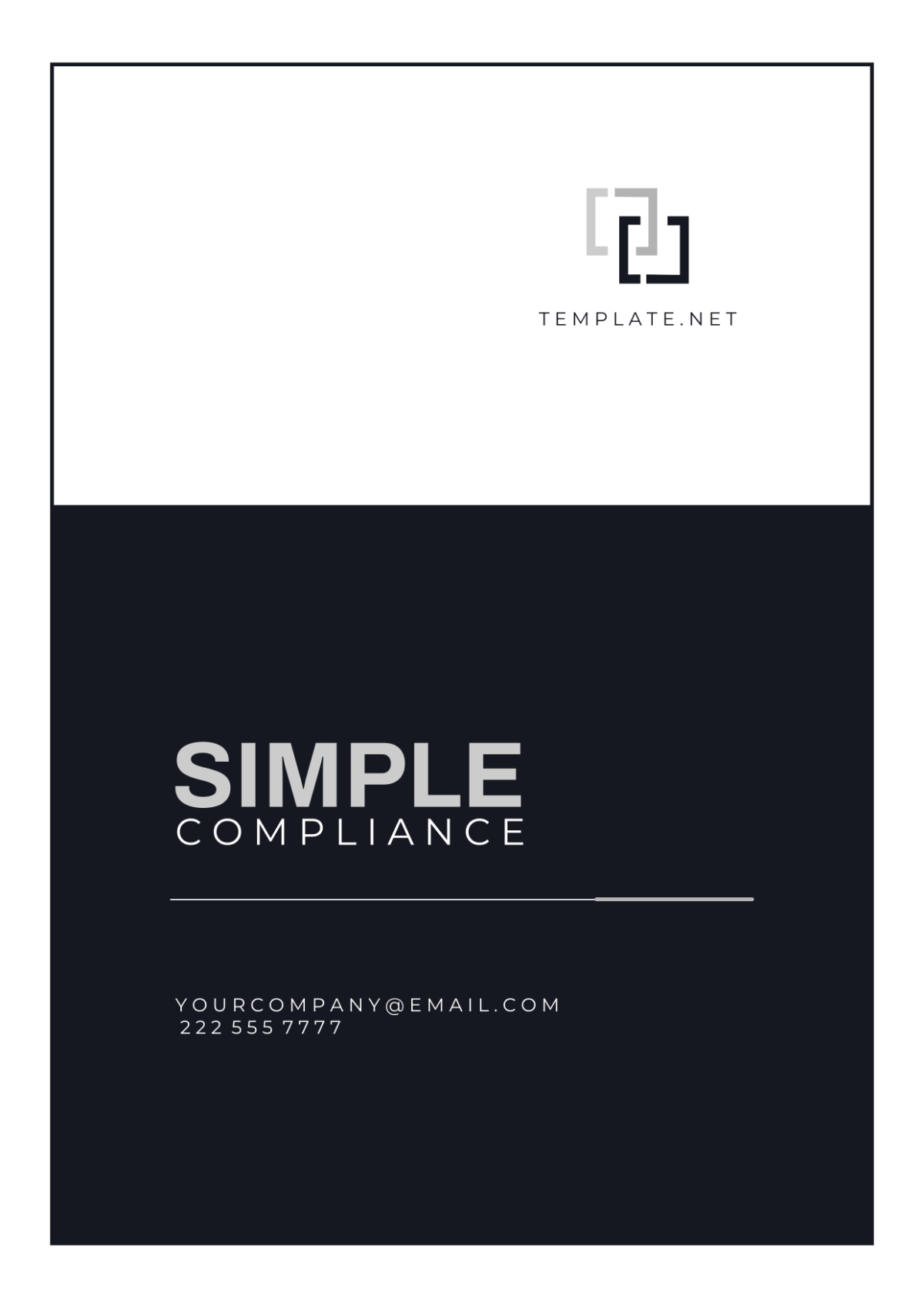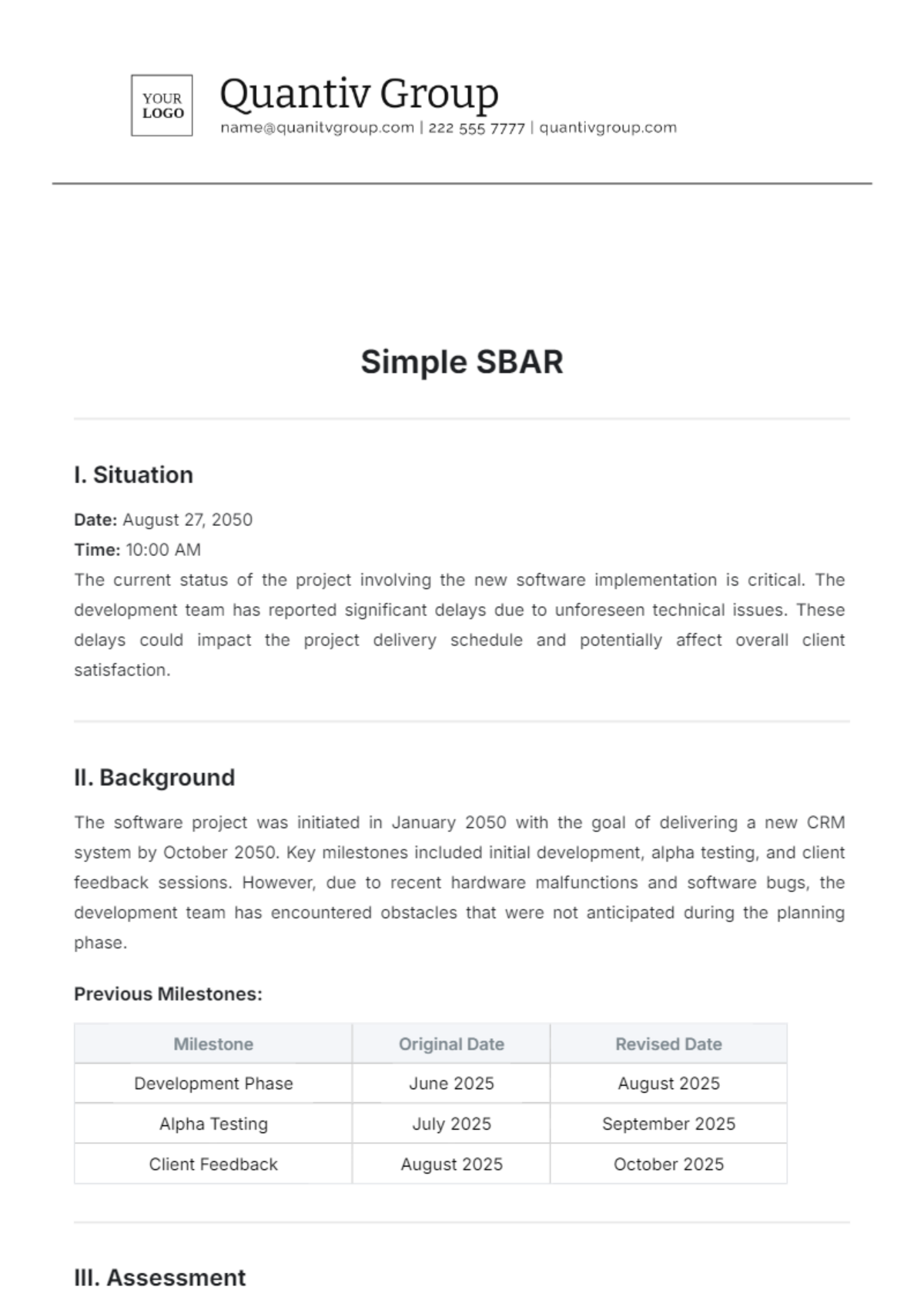Simple Security Protocol
I. Introduction
In an increasingly digital world, safeguarding access to sensitive information is paramount. This Simple Security Protocol outlines essential measures for effective access control, ensuring that only authorized individuals can interact with critical systems and data. Prepared by [YOUR NAME] at [YOUR EMAIL], this document serves as a vital framework for maintaining security within your organization.
II. Purpose
The purpose of this protocol is to establish a clear set of guidelines for access control that protects sensitive information from unauthorized access and breaches. It provides a systematic approach to managing user permissions and monitoring access.
III. Scope
This protocol applies to all employees, contractors, and third-party users who require access to the organization’s systems and data.
IV. Roles and Responsibilities
Role | Responsibility | Frequency | Review Date | Notes |
|---|---|---|---|---|
System Administrator | Manage user accounts and permissions | As needed | January 15, 2051 | None |
Security Officer | Monitor access logs and incidents | Daily | January 15, 2051 | None |
IT Manager | Conduct periodic audits of access controls | Quarterly | April 10, 2051 | None |
User | Comply with access control policies | Ongoing | N/A | Training required |
Compliance Officer | Ensure adherence to regulations and standards | Biannual | June 20, 2051 | None |
V. Access Control Measures
User Authentication: All users must authenticate via unique usernames and passwords. Multi-factor authentication (MFA) is mandatory for accessing sensitive systems.
User Roles: Access rights will be assigned based on job roles and responsibilities. Role-based access control (RBAC) will be implemented to limit access to necessary resources only.
Access Reviews: Regular access reviews will be conducted to ensure that permissions align with current job functions.
Incident Response: A clear procedure must be in place for responding to unauthorized access attempts, including logging incidents and notifying relevant personnel.
VI. Conclusion
Implementing this Simple Security Protocol for access control is crucial for protecting your organization’s assets and maintaining compliance. By adhering to these guidelines, you can foster a secure environment that supports business operations while mitigating potential risks.


